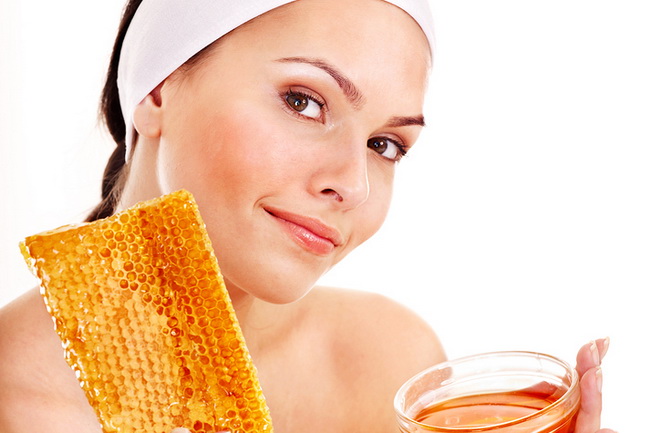- Make It Yourself Lavender Heart-Shaped Bath Bombs!
- 20 Things You Never Knew About “Down There”
- 12 Best Foods For Those Suffering From Arthritis Pain
- 12 Personal Hygiene Mistakes Almost Everyone Makes (Mom Never Told You About #4!)
- 15 Medicinal Plants And Herbs From The Cherokee People
- 12 Mind-Blowing Benefits Of Drinking Coconut Water During Pregnancy
- 12 Outstanding Winter Foods That Won’t Fatten You Up Like A Christmas Turkey
How Much Do You Know about the Honey in Your Kitchen?

Photo credit: bigstock.com
Some pure honeys sold in stores contain pollen even though they are filtered. Some filtering processes remove things like honeycomb and that poor dead bee, but leave the pollen intact. Almost all highly filtered honeys are trying to hide something, such as their location. Pollen is a bit like GPS; it tells a lot about the bees that made it and what plants the bees collected honey from.
Food historians will tell you that in the 1950s most grocery stores offered only 3 or 4 local brands of honey. Today, a good sized supermarket can have as much as 40 or 50 different types, flavors, and sources of honey. The tremendous demand for honey, as with many things, leads to the potential for fraud.
Unless you are buying from a farmers’ market or a local beekeeper, many times you really don’t know what you are buying since labeling laws have not yet gone into effect. Even the new laws will only label the blends, not other information. For example, one study listed in Food Safety news tested more than 60 samples. One of the brands listed their honey as coming from blackberries. Tests on the pollen found mainly clover, wildflowers, and just a few grains of blackberry pollen. This is the type of issues that plague the honey industry.
Not all honeys are intentionally mislabeled. Some honest, hardworking beekeepers have several hives going on and having them placed at different farms, it’s easy to become confused. One mistake in the paperwork can lead honey to be labeled as orange honey, when it is actually clover. But these mistakes are exception to the rule, unfortunately.
SEE ALSO: 12 Beauty Benefits of Honey Infographic
Hopefully one day the FDA will make a single, nationwide standard for honey and its labels, but for now, choose your honey with care and always consume only pure, raw honey from local beekeepers or local farmers markets.
































